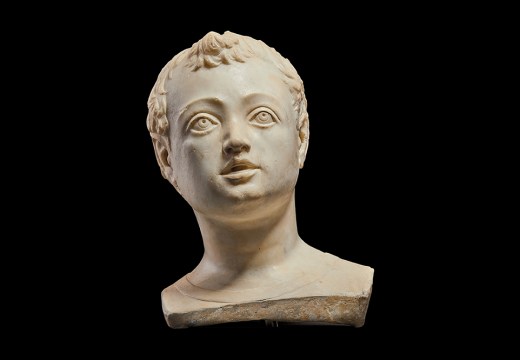Unforeseen and remarkable, the reemergence of early Tuscan Renaissance masterpieces has captivated art enthusiasts worldwide. This unexpected return to the market has sparked a renewed interest in these exquisite works, shedding light on their historical significance and artistic brilliance.
A Glimpse into the Enigmatic World of Early Tuscan Renaissance Art
Delving into the enigmatic world of early Tuscan Renaissance art unveils a rich tapestry woven with intricate details and profound symbolism. These artworks, dating back to the 14th century, embody a harmonious blend of classical influences and innovative techniques that revolutionized European art.
From Giotto di Bondone’s groundbreaking frescoes at Assisi to Duccio di Buoninsegna’s mesmerizing Maestà altarpiece, each masterpiece encapsulates an era characterized by intellectual curiosity and spiritual fervor. The meticulous brushstrokes, vibrant colors, and emotive expressions found within these works transport viewers through time, offering glimpses into a transformative period in human history.
The Mysterious Journey from Obscurity to Prominence
For centuries, many early Tuscan Renaissance artworks lay hidden away in monastic libraries or forgotten corners of churches. However, recent years have witnessed an astonishing resurgence as collectors recognize their immense cultural value and aesthetic allure.
This newfound appreciation can be attributed partly to advancements in restoration techniques that have unveiled previously concealed layers beneath centuries-old varnish. Through careful conservation efforts guided by scientific analysis and expert knowledge, these once-neglected treasures are now being restored to their former glory.
In addition to restoration efforts fueling this revival is an increasing awareness among collectors about the rarity of such pieces. As the demand for early Tuscan Renaissance art grows, so does its scarcity, making each rediscovery a momentous occasion in the art world.
A Reverberation of Historical Significance
The resurgence of early Tuscan Renaissance artworks not only offers aesthetic pleasure but also serves as a powerful reminder of our shared cultural heritage. These masterpieces provide invaluable insights into the intellectual and artistic achievements that shaped Western civilization.
By studying these works, scholars gain deeper understanding and appreciation for the innovative techniques employed by artists during this transformative period. Moreover, their historical significance extends beyond mere aesthetics; they serve as tangible links to an era marked by profound societal changes and intellectual exploration.
Conclusion
In conclusion, the unexpected return of early Tuscan Renaissance artworks to the contemporary market has ignited a renewed fascination with these captivating treasures. Through meticulous restoration efforts and growing awareness among collectors about their rarity, these once-forgotten masterpieces are reclaiming their rightful place in history. Their revival not only enriches our understanding of art but also provides us with glimpses into a remarkable period that continues to shape our cultural landscape today.
